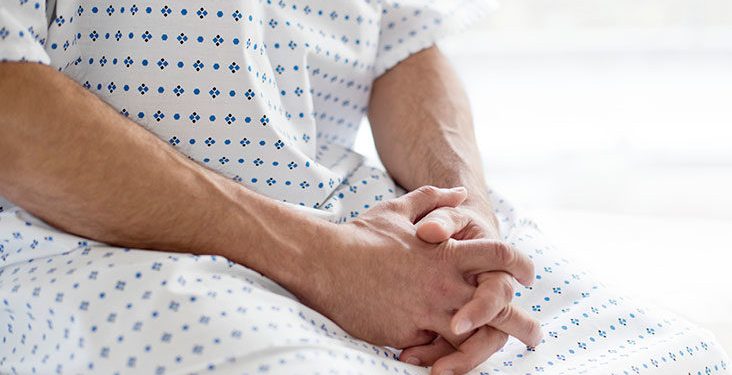Things To Know About Cystoscopy?

Cystoscopy is a test used to assist the physician in diagnosing bladder pathology (bladder), including bladder cancer, inflammation, or stones (nephrolithiasis). See more information under “Cystoscopy indications.”
This procedure can also be defined by urethrocystoscopy when the patient’s urethra and bladder are visualized in the same system, including in males, identifying parts of the prostate that can grow into the bladder obliterate the urethra.
Videocystoscopy corresponds to the term used to define the performance of cystoscopy or urethrocystoscopy through a video system, through which it is possible to proceed with image capture (photography or video recording) from KARL STORZ OR1 system.
Cystoscopy Indications
Cystoscopy is an exam or complementary means of diagnosis and therapy (MCDT), usually requested by urologists (specialists in urology). The exam is indicated in the study of various pathologies (or diseases), namely:
- Bladder lithiasis (calculus);
- Lower urinary tract symptoms (LUTS) – urgency, polyakiuria, dysuria, nocturia, light jet, etc.;
- Bladder tumors;
- Endometriosis;
- Study of hematuria (presence of blood in the urine) microscopic or macroscopic;
- Urinary infections;
- Chronic painful vesical/pelvic syndromes – e.g., Chronic bladder inflammation, interstitial cystitis, etc.;
- In most cases, cystoscopy is performed in this context of an investigation of specific signs and symptoms, which is why it is known as diagnostic cystoscopy.
Cystoscopy can also be performed for specific therapeutic (treatment) purposes such as fragmenting lithiasis, removing a catheter, distending the bladder, injecting botulinum toxin, or assessing and treating upper urinary tract pathology (ureter and kidney).
Preparation For Cystoscopy
The preparation for the exam, conducted in a consultation context, is relatively simple. The patient is initially placed in a gynecological/lithotomy-type position for easier access to the urethra. In some specific cases, antibiotic prophylaxis may be indicated before or immediately after the examination.
Diagnostic cystoscopy does not need fasting, which is not recommended. The patient should drink plenty of water, especially after the exam, to prevent possible urinary infections. After positioning the patient, the disinfection of the genitals and the placement of the working fields are carried out. A local anesthetic and lubricant are then administered through the urethra to reduce sensitivity and facilitate the introduction of the cystoscope.
Does Cystoscopy Hurt?
As previously mentioned, cystoscopy under local anesthesia tends to be slightly uncomfortable, particularly in males.
The presence of intense pain during the examination, although rare, is possible, particularly in cases associated with inflammation, tightness, or tissue wounds. In these cases, the procedure can be performed in the operating room under sedation, spinal anesthesia, or general anesthesia.






